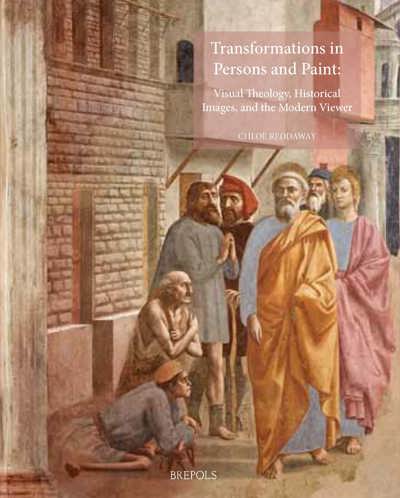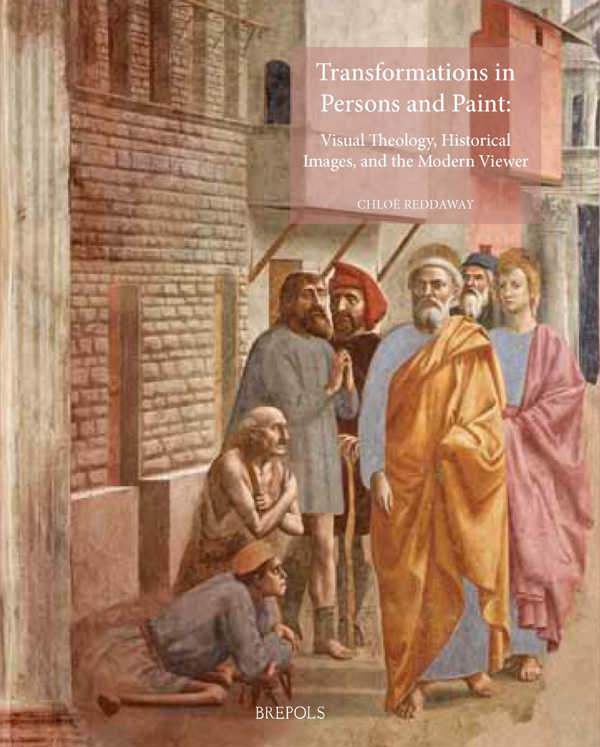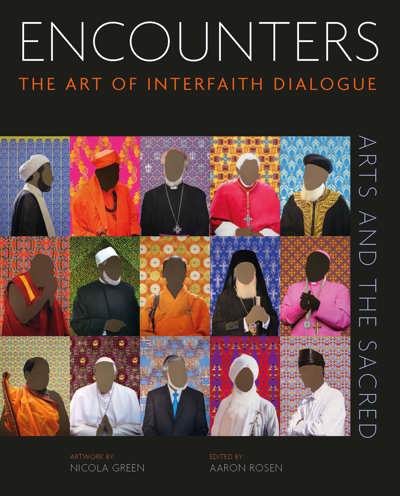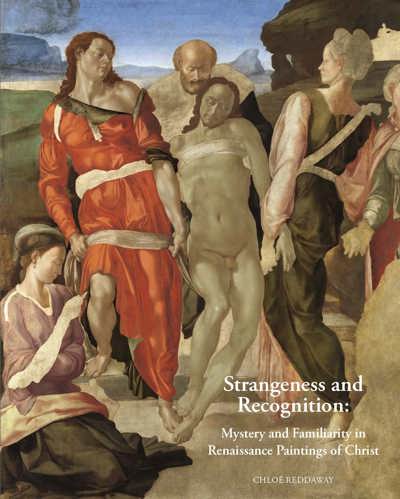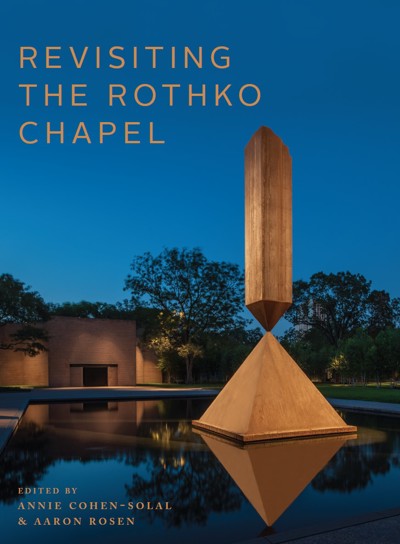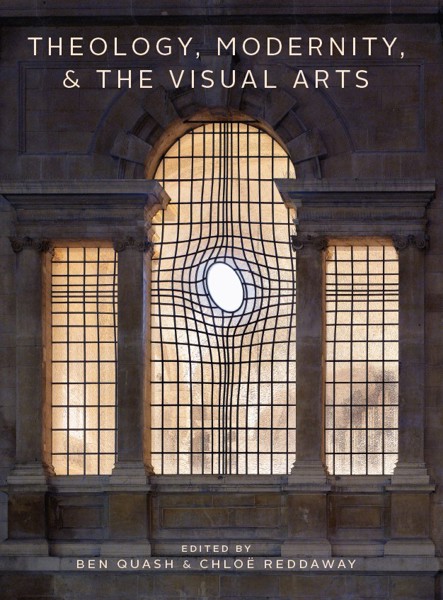
Transformations in Persons and Paint: Visual Theology, Historical Images, and the Modern Viewer
Chloë Reddaway
- Pages: 299 p.
- Size:216 x 280 mm
- Illustrations:94 col.
- Language(s):English
- Publication Year:2016
- € 150,00 EXCL. VAT RETAIL PRICE
- ISBN: 978-2-503-56554-5
- Hardback
- Available
How can pictures help people to relate to God, and what can historical Christian images offer the viewer today? A compelling theological encounter between Renaissance frescoes and the modern viewer.
“Perhaps the first thing to say (…) is just how beautiful it is as an object (…) Although written by a specialist primarily for fellow specialists the book will also be of enduring value to the general reader of art and theology. It is a patient and precise examination of the author’s area of expertise. If its intention is to encourage us (…) to attentively look at such devotional images and in that looking to also recognize the value of the ‘physicality’ of that encounter, then it succeeds and succeeds admirably well.” (Stephen Miller, in Theology, 120/3, p. 237-238)
“Chloë Reddaway offers more than just new insights into old Florentine favorites; she lays down a framework to recapture sacred art from its secular bondage with a critical method that future art historians will hopefully be inspired to employ and develop.” (Elizabeth Lev, in the Sacred Architecture Journal, 2019)
Dr Chloë Reddaway is the Howard and Roberta Ahmanson Fellow in Art and Religion at the National Gallery, London, and a Visiting Research Fellow at the centre for Arts and the Sacred at King’s College London. She was previously a Research Associate in the Divinity Faculty in Cambridge. Chloë is a regular contributor to Art and Christianity Enquiry and teaches for various theological colleges in the UK.
Transformations in Persons and Paint looks at images from the viewer’s position, standing in a series of Florentine chapels, surrounded by frescoes, and discovering their powerful capacity to communicate what it means to live in a post-Resurrection world. Proving that there is still plenty to say about works by Giotto, Taddeo Gaddi, Masolino, Masaccio, Fra Angelico, and Ghirlandaio, this book uncovers previously overlooked theological content, and demonstrates the rewards of attentive interaction between a modern viewer and historical images.
Within the growing body of work on theology and the arts, this is a rare example of what can happen when a theological gaze is turned towards some of the classics in the canon of Christian art, while speaking directly to the modern viewer. Chloë Reddaway offers a new model of theological viewing, inhabiting both period and modern perspectives, and reinvigorating our understanding of the incarnational nature of Christian art by taking account of the particular physicality of images, especially as it is experienced through sacred space within and around them. Through close and imaginative encounters with images, a series of critical-devotional interpretations transforms beautiful artefacts into living explorations of the Incarnation and its consequences, the transformation and transfiguration that it enables, the particularity and interconnectedness of the created world, the generative capacity of liminal and (apparently) empty spaces, and the nature of vocation and conformity to Christ.
